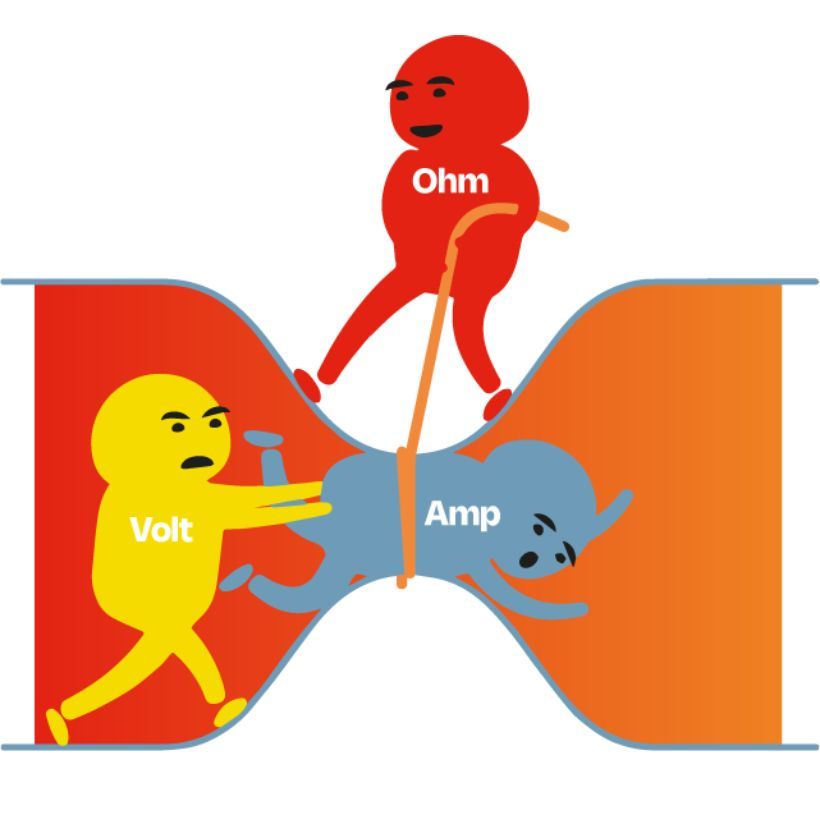-
Products
- Products
- Fire resistant cables
- Power cables 1-145 kV
- Building cables
- Pre-wired installation cables in conduits
-
Specialty LV cables and flexible cords
- Overview
- TITANEX® H07RN-F 450/750 V
- H03V2V2-F (RKK 90) 300/300 V
- H03VVH2-F (SKX-U) 300/300 V
- H05V2V2-F (RKK-S 90GR) 300/500 V
- H05VVH2-F (RKX) 300/500 V
- H05VV-F (RKK) 300/500 V
- H03V2V2H2-F (SKX-U 90GR) 300/300 V
- H03VV-F (SKK) 300/300 V
- PUREAX (H07BQ-F)
- RKX 90
- S03Z1Z1H2-F (SQX) 300/300 V
- H05Z1Z1-F (RQQ) 300/500 V
- Robotic lawnmower wire H05Z1-K (RQ) Tinned 300/500 V
- NOAC-E HFFR 300/500 V (S05Z1A7Z1-F)
- Telecom - LAN - security
- Industrial cabling
- Accessories
- Your business
- News
- Support and Tools
- We are Nexans
- Sustainability at Nexans
- Search
- Contact us
- Compare
- Sign in
Products and Solutions
Conductor Class Updates that Enhance Safety – Key Changes in SEK Handbooks 421 and 444
Oct 3, 2024
New Information on Class 5 and Class 6 Conductors
Important changes have been made to the updated SEK Handbook 421 regarding the sizing of cables with class 5 conductors. At the same time, new tables for both class 5 and class 6 conductors have been added to Handbook 444. Since cables with class 5 conductors have a lower current-carrying capacity compared to class 2, these changes mean that the sizing of these cables can no longer be done in the same way.

The new tables for class 5 conductors take both disconnection time and voltage drop into account. To ensure that fuses trip quickly during a short circuit, you may need to increase the cable size. Class 2 conductors, such as FXQ Easy, offer better conductivity, which results in shorter disconnection times and lower voltage drops – and are not affected by the new regulations.
Safety first!
Longer fuse disconnection times increase the risk of injury and, in the worst case, can be life-threatening. It’s crucial for electricians to account for the new tables and ensure that cables with class 5 conductors are properly sized. Plan for longer disconnection times when using cables with class 5 conductors.
Class 5 Conductors – Flexibility with Safety in Mind
If you prefer using class 5 conductors due to their flexibility and ease of bending, it’s important to consider increasing the cross-sectional size to ensure a safe installation.
Key additions to the cable sizing handbook:
"Calculations of voltage drop and short-circuit currents, which are fundamental to ensuring the correct disconnection time is achieved, are affected by the higher resistance in class 5 conductors. For resistance values, refer to SS-EN 60228."
Key points:
- New tables for class 5 and class 6 conductors (multi-stranded conductors).
- Higher resistance in class 5 conductors means greater voltage drop and longer disconnection times.
- 10% less copper in the cable results in a 10% higher voltage drop.
- Greater energy losses with class 5 conductors compared to class 2 conductors.
Electrify the future safely
If you have any questions or need assistance with the new regulations, feel free to contact us!
Our websites
Select your country to find our products and solutions
-
Africa
- Africa
- Ghana
- Ivory Coast
- Morocco
- North West Africa
- Americas
- Asia
- Europe
- Oceania